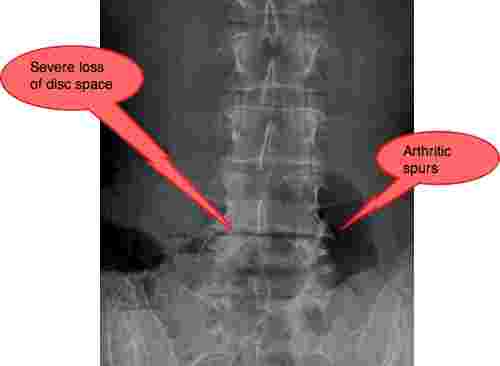

When you combine this with our 21 st century lifestyle which incorporates a lot of sitting, lack of exercise and obesity, our discs are just wearing out faster. Unfortunately, nobody is immune to gravity bearing down on their spine 24/7 and walking on two legs changed the gravitational stresses that pass through our spine and discs. To some degree a bulging disc is just part of the normal aging process. When the outer layers of the disc are damaged and the nucleus escapes from within the disc, it is called a herniated disc. With a bulging disc, the outer layers of the annulus is still intact and the nucleus is contained within the outer wall of the disc. This allows the nucleus pulposus (inner core) to move beyond its normal position inside the disc causing the wall to bulge outward as shown below.īook your spinal examination appointment online now What the difference between a bulging and herniated disc? Work together with your vertebra to create a protective layer around your spinal cord to protect itĪ bulging disc is where there is damage or weakening to the structure of the annulus fibrosis (outer layer).Allow the vertebra to bend and twist freely so we can have a greater flexibility in our spine and overall movement.Absorb weight-bearing forces and act like shock absorbers in your spine which helps prevent spinal degeneration.They are also held in place by the ligaments connecting each of the vertebra.ĭue to the thick attachments of the disc to each vertebra, there really is little, if any, potential for the disc to slip or move. The discs are very firmly attached to the vertebra above and below it. It is a jelly-like glycoprotein that can move within the disc (like the soft centre of a chocolate). The inner core is called the Nucleus Pulposus.It is a hard casing made up of rings of densely packed fibrocartilage in concentric layers (like the layers of an onion). The hard outer layer is called the Annulus Fibrosis.Your spinal discs are made up of two parts as shown below. These discs make up one fourth of your spinal column’s length. This space is where the nerves exit from the spinal cord to travel through the rest of your body.Īll the vertebra and discs together form your spinal column. These discs create a gap between each of the vertebrae.

Between each of these vertebrae are flat circular cushions called intervertebral discs. There are 24 moveable bones (vertebra) in your spine. First, let’s start with what a disc actually is and does.īook your spinal examination appointment online now So, what are spinal discs?
#Bulging disk xray how to
This blog will explain what a bulging disc really is and how to tell if it is causing your symptoms. Is it a part of a more complex problem or not actually causing any symptoms at all. The challenge is how to tell if the bulging disc is causing your symptoms. This can be very confusing and misleading for you as a patient. Unfortunately, this diagnosis is often oversimplistic and is sometimes just plain wrong. If a bulging disc is found it is often automatically assumed to be the cause of all your symptoms. The truth is that when you have severe neck or back pain you are often sent for a CT scan or an MRI to find the cause. I have been a chiropractor in Townsville for over 35 years and at least once a week, a patient will tell me their symptoms are from a bulging disc. Have you been told a bulging disc is causing your back or your neck pain? If yes have, then relax, you are not alone.


 0 kommentar(er)
0 kommentar(er)
